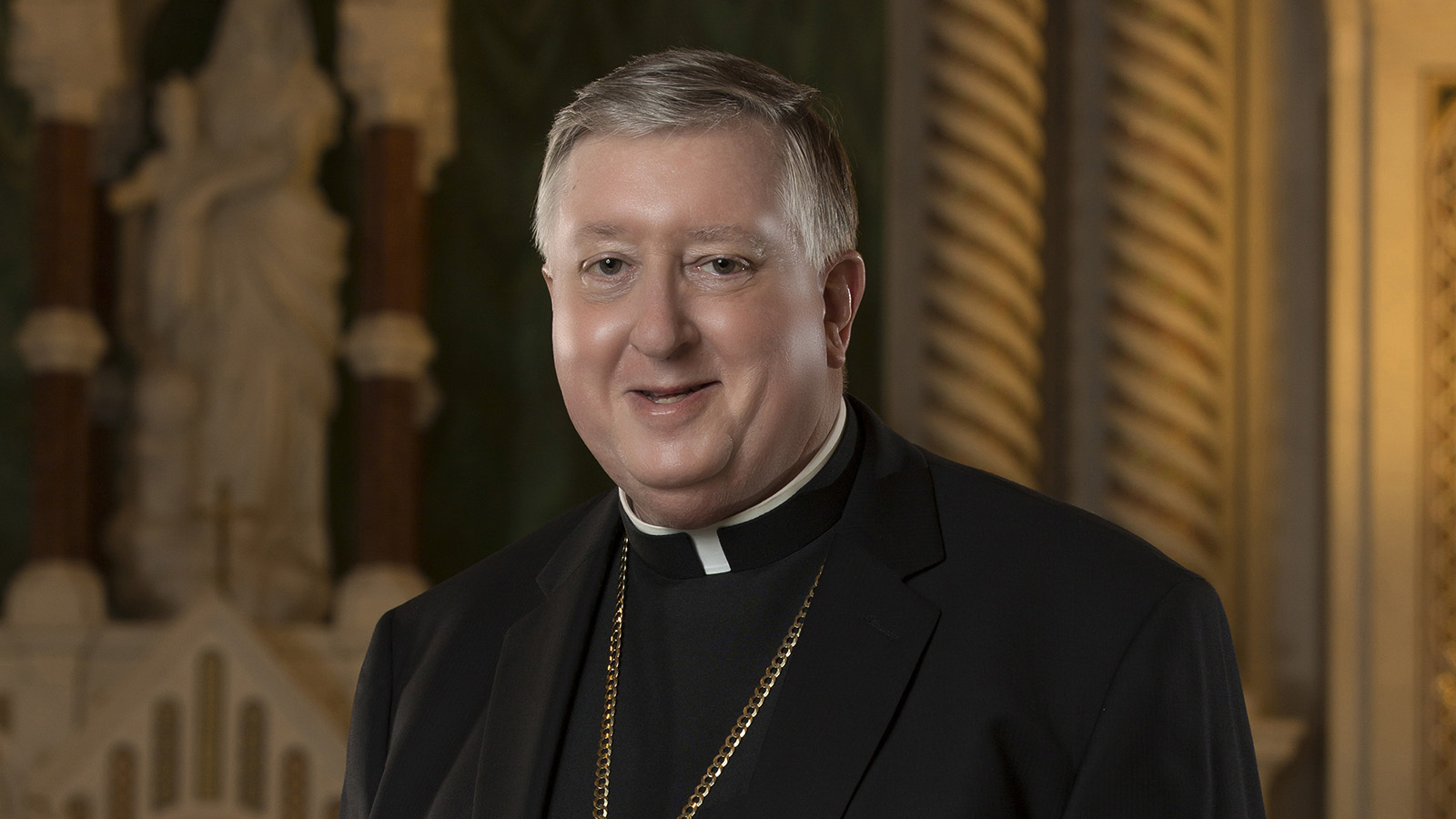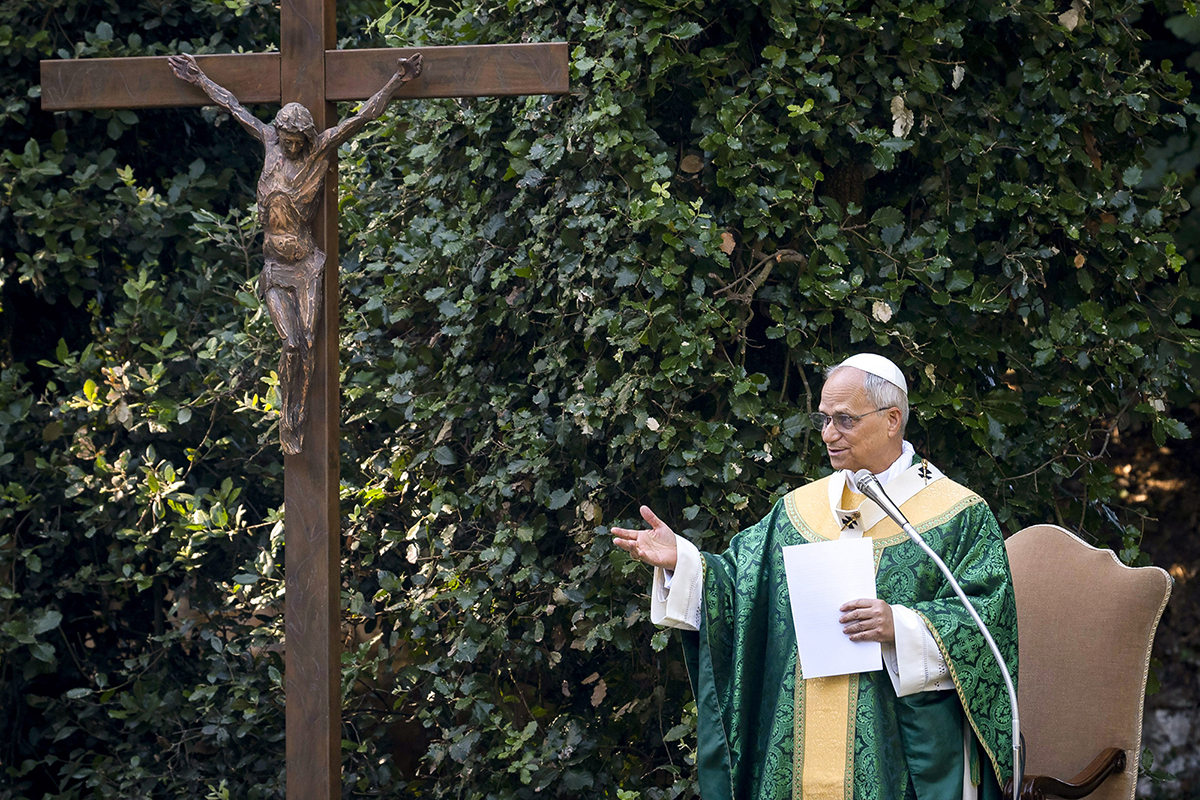BEFORE THE CROSS | ‘Living stones’ build up the Church
Each of us plays a role in making concrete the goodness of the Lord

We celebrate a remarkable series of saints this week. Together, they teach us something important about what it means to be “living stones” in the Church.
On Sept. 30 we celebrate St. Jerome, the great biblical scholar. He was known to be a bit grumpy, on a human level. But he put his gifts to work in the service of the Church: He spent an enormous amount of time and energy studying the Bible in its original languages and translating it into the language of the common people.
On Oct. 1 we celebrate St. Therese, the Little Flower, great teacher of the spiritual life. In terms of human personality, she was known to be both sweet and determined. She spent an enormous amount of time and energy in prayer, and endured suffering with great patience. She said she wanted to spend her heaven doing good on earth.
On Oct. 4 we celebrate St. Francis of Assisi. He had a tremendously attractive personality and drew great numbers of followers, but he wasn’t a very good administrator. Still, he helped to rebuild the Church — not with bricks and mortar, not with power and policies, but by following the Gospel with radical simplicity and contagious joy.
Finally, on Oct. 5 we celebrate Blessed Francis Xavier Seelos. Almost nobody knows who he is! But he walked among us: a Redemptorist priest who preached a two-week mission at St. Mary of Victories Church in St. Louis in the 1800s.
What do these holy men and women teach us about being living stones in the house of the Lord? Well, for one thing, they’re not “cookie-cutter” saints. The grumpy old scholar, the sweet young girl, the impulsive young man, and the little known guy who preached in our own backyard are all very different, both in their human personalities and in their supernatural charisms.
And there’s a great lesson for us. We can spend a lot of time and energy comparing ourselves to each other, but it’s usually time and energy misspent. There’s no point in comparing a great cup of coffee with a great glass of wine, or a great piece of music with a great novel. God gives each its own kind of goodness.
Likewise with the saints. Each of them is meant to reflect some particular aspect of the infinite goodness of God, and to make that goodness concrete in the world. As C.S. Lewis once said, the saints are like fruits: The more perfect each becomes, the more different it is from the others.
Likewise with us. Rather than comparing ourselves to others, let’s save our time and energy for the one question that matters: “Lord, how can I cooperate with the unique set of graces and circumstances you’ve given me and make your goodness concrete in the world today?”
The more we focus on that question — listening deeply and responding generously to what the Lord asks of us — the more we will become the living stones that he wants us to be: different from each other, to be sure, but playing perfectly the roles He gives us.
We celebrate a remarkable series of saints this week. Together, they teach us something important about what it means to be “living stones” in the Church. On Sept. 30 we … BEFORE THE CROSS | ‘Living stones’ build up the Church
Subscribe to Read All St. Louis Review Stories
All readers receive 5 stories to read free per month. After that, readers will need to be logged in.
If you are currently receive the St. Louis Review at your home or office, please send your name and address (and subscriber id if you know it) to subscriptions@stlouisreview.com to get your login information.
If you are not currently a subscriber to the St. Louis Review, please contact subscriptions@stlouisreview.com for information on how to subscribe.




